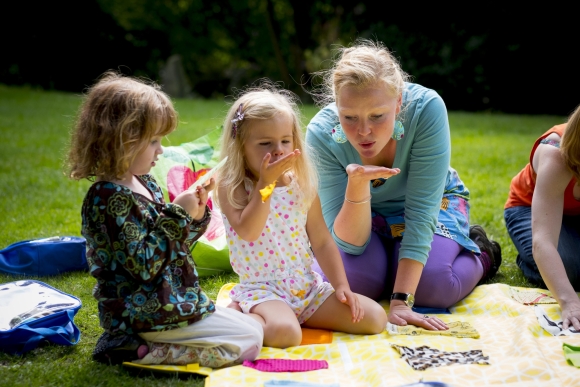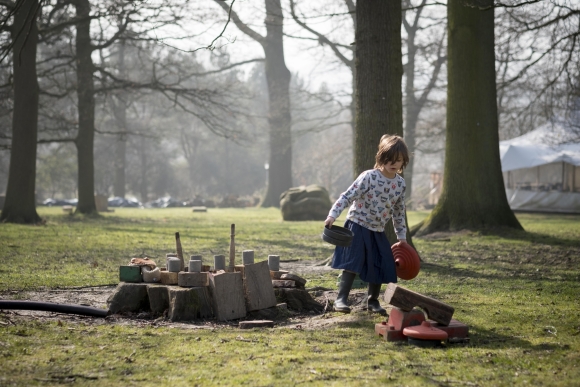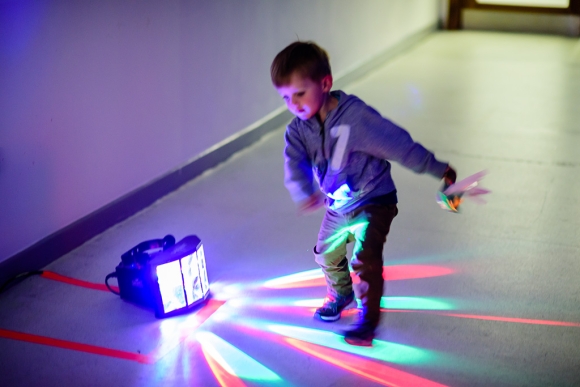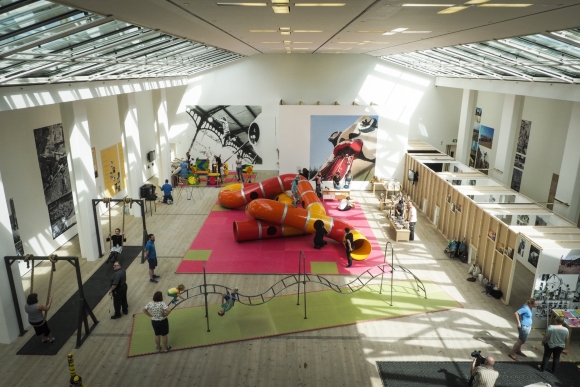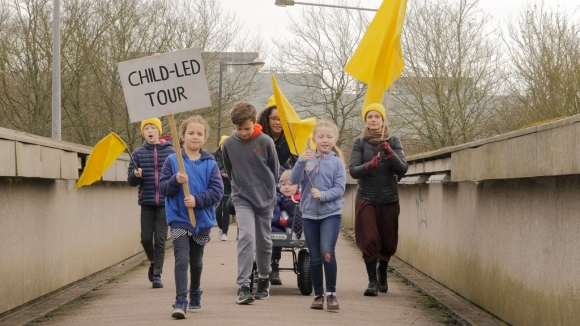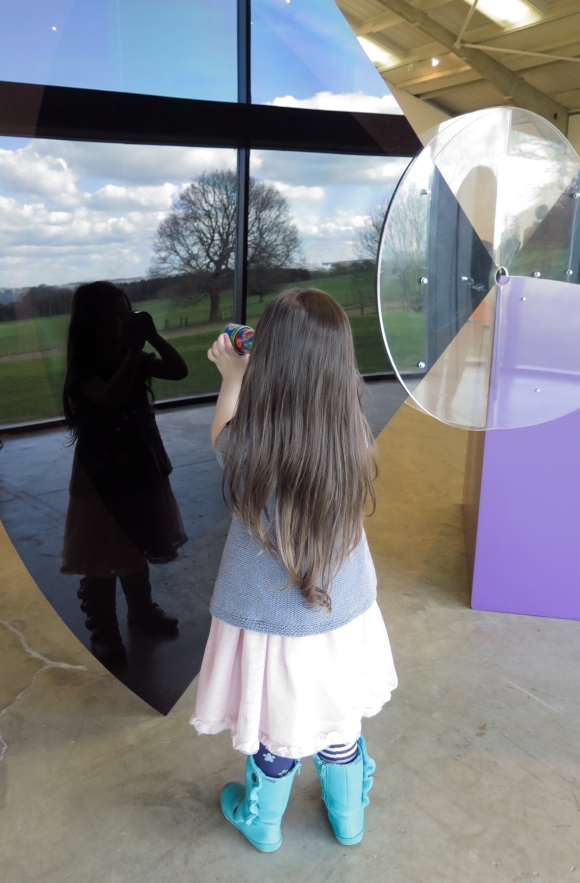In our latest blog post, Emma Bearman reports from the recent Arts Council Collection Curators’ Day event, Engaging Families, and considers new ways of engaging family audiences in art galleries and museums.
Recently in my guise as Chief Executive of Play at Playful Anywhere (self appointed!) I was invited by the Arts Council Collection team to contribute to their Curators’ Day: Engaging Families. Organised collaboratively with Yorkshire Sculpture Park the event explored the role of galleries and museums in developing relationships with families. Featuring talks from a range of gallery staff, artists and educators from around the UK, the day considered different approaches from programming and interpretation strategies, to working with families as co-producers.
Prior to the event I had the notion that families haven't historically driven what happens in galleries and museums and that decisions about what we see and how and when we visit as families have not been at the forefront of how galleries engage. Suffice to say, my own experience with two youngish children has been one where different exhibitions will dictate the ‘enjoyment’ factor of the visit. But we are also confident enough to dip into our local gallery for a loo visit or a brief visit to the art space.
So, parking my own preconceptions and cultural baggage at the door, I resolved to listen to the different approaches major art galleries have taken in putting families at the heart of planning for both regular and irregular visits and relationship building.
What did I learn?
Read on to find out...
